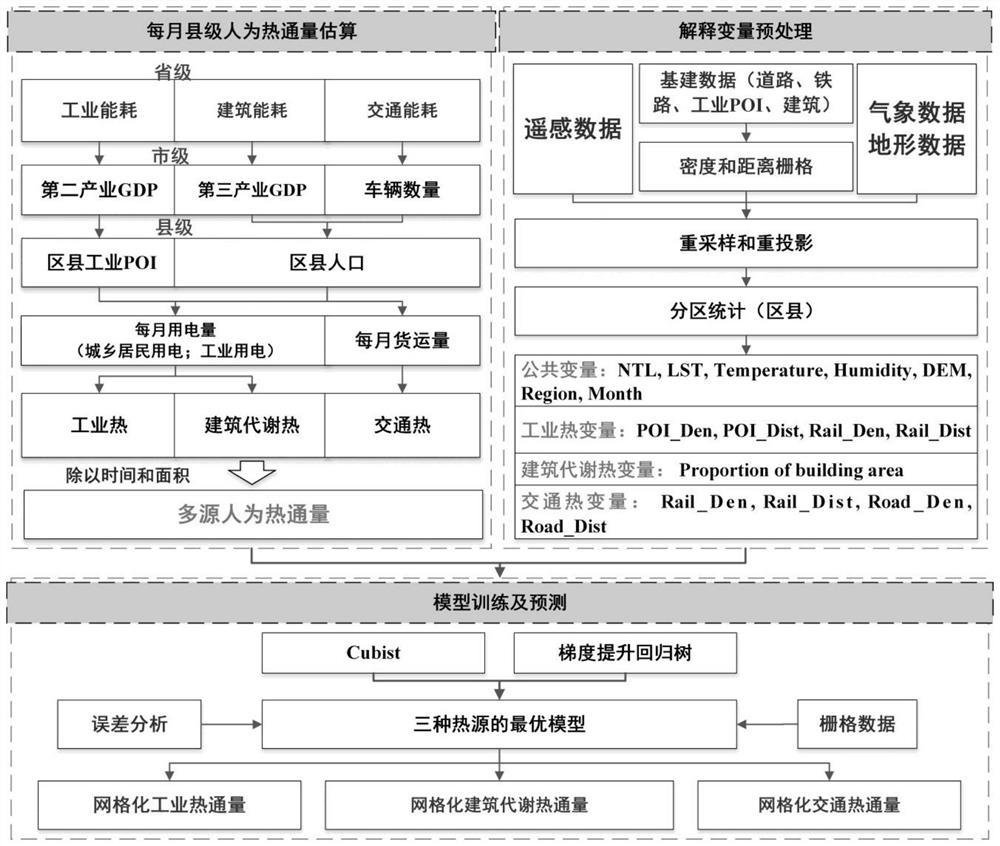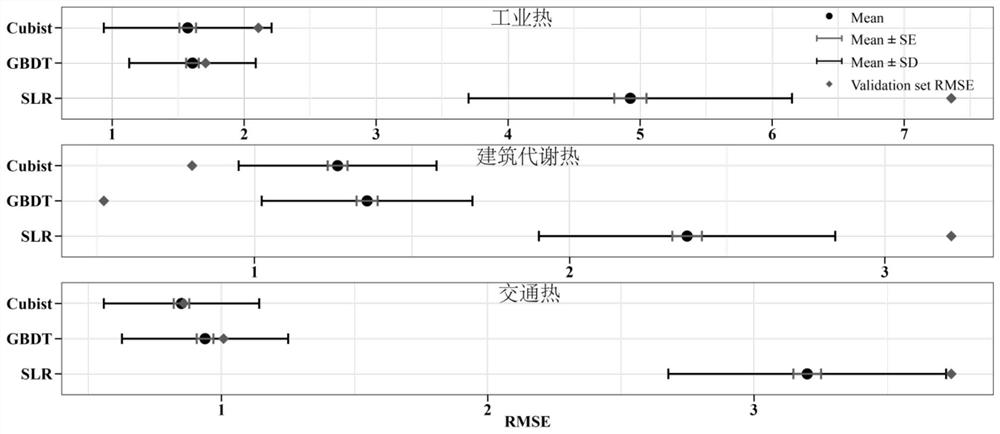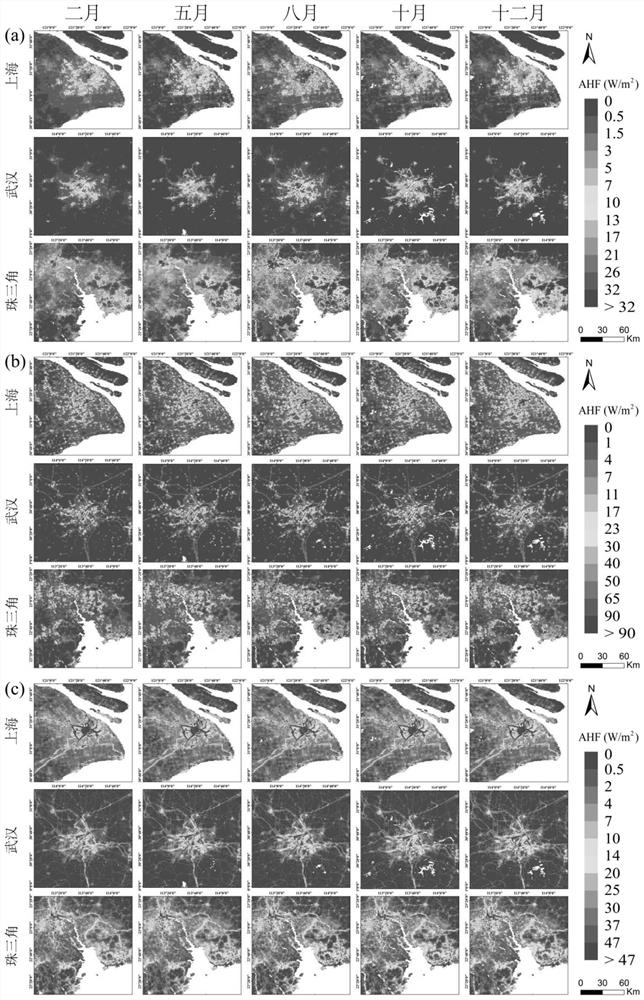Multi-source man-made thermal space-time quantization method based on machine learning
A technology of machine learning and quantitative methods, applied in machine learning, neural learning methods, instruments, etc., can solve the problems of not fully considering the diversity and variability of training samples, not considered and practiced, etc.
- Summary
- Abstract
- Description
- Claims
- Application Information
AI Technical Summary
Problems solved by technology
Method used
Image
Examples
Embodiment Construction
[0014] In the following, the present invention "a multi-source artificial thermal spatio-temporal quantification method based on machine learning" will be further elaborated in conjunction with the accompanying drawings.
[0015] (1) Estimation of monthly AHF at the county level
[0016] Anthropogenic heat includes four sources: industry, construction, transportation and human metabolism. The annual average AHF at the provincial, municipal and county levels was estimated sequentially based on the energy inventory method. When the city-level AHF is downscaled to the county level, industrial heat is calculated based on the proportion of industrial POIs in the district and county in the city, traffic heat and building heat are both calculated based on the proportion of the population of the district and county, and metabolic heat is directly calculated through the population of the district and county Make an estimate. The monthly AHF is calculated from the temporal variation o...
PUM
 Login to View More
Login to View More Abstract
Description
Claims
Application Information
 Login to View More
Login to View More - R&D
- Intellectual Property
- Life Sciences
- Materials
- Tech Scout
- Unparalleled Data Quality
- Higher Quality Content
- 60% Fewer Hallucinations
Browse by: Latest US Patents, China's latest patents, Technical Efficacy Thesaurus, Application Domain, Technology Topic, Popular Technical Reports.
© 2025 PatSnap. All rights reserved.Legal|Privacy policy|Modern Slavery Act Transparency Statement|Sitemap|About US| Contact US: help@patsnap.com



